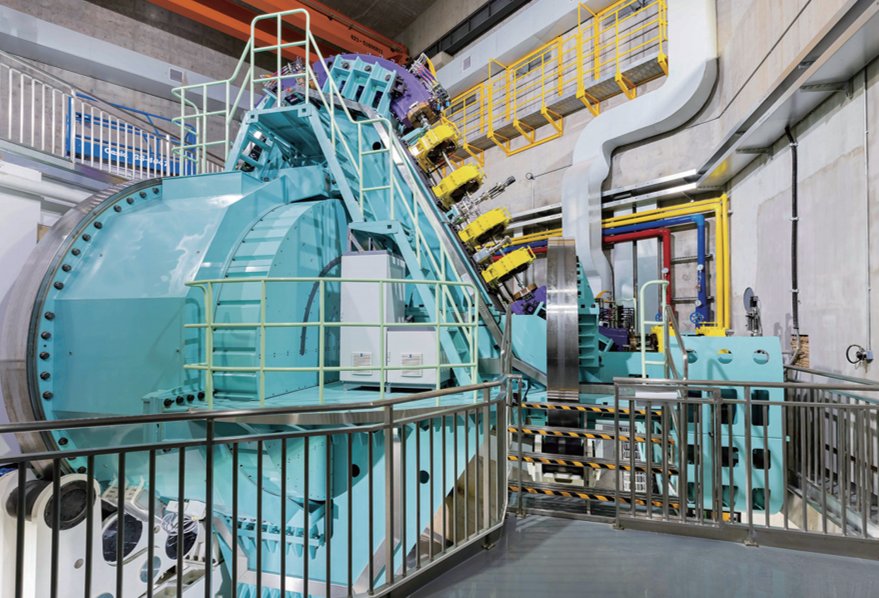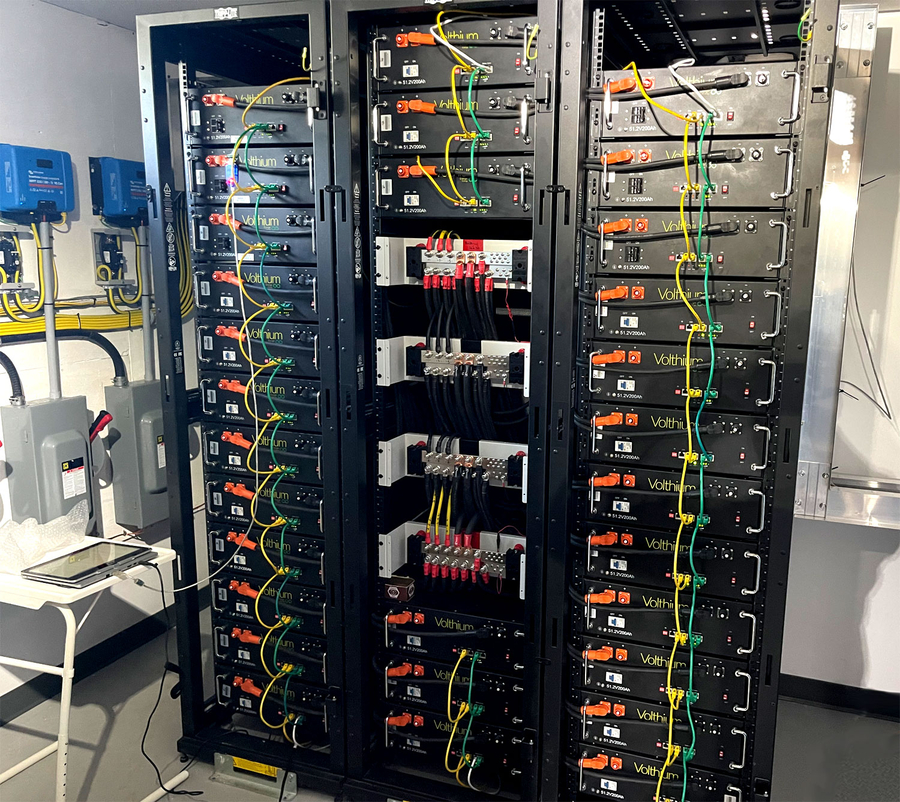Shanghai Unveils Advanced Synchrotron-Based Proton Therapy Facility for Enhanced Cancer Treatment
KNOXVILLE, TN, October 19, 2023 /24-7PressRelease/ — Proton therapy is an advanced form of radiation therapy that uses protons instead of X-rays to treat cancer. Due to its precise nature, it significantly reduces damage to surrounding normal tissue. The Bragg peak of proton beams ensures that there’s almost no dose after the peak, protecting essential organs from unnecessary radiation. With over 103 proton therapy centers operational worldwide and more than 280,000 patients treated, this technology is revolutionizing the way cancer is treated.
This study is published in Nuclear Science and Techniques Volume 34,researchers from Shanghai Institute of Applied Physics, Chinese Academy of Sciences and Shanghai Advanced Research Institute, Chinese Academy of Sciences, has been successfully developed and certified by the National Medical Products Administration (NMPA). This cutting-edge proton therapy facility, based on synchrotron technology, is a significant leap forward in the realm of China made high-tech medical apparatus for cancer treatment.
The SAPT facility is located at the Shanghai Ruijin Hospital Proton Therapy Center. Construction of this sophisticated facility encompassed two phases. In the initial phase, four beam lines were developed in three treatment rooms. The second phase saw the introduction of a 360° rotating gantry room. The facility’s accelerator system includes a 7-MeV proton LINAC, a synchrotron, two rotating gantries, and corresponding transport beamlines. Each of the facility’s four treatment rooms is equipped with a beam delivery system, a positioning system, image-guided radiotherapy (IGRT), a treatment control system (TCS), a treatment plan system (TPS), an oncology information system (OIS), and a quality assurance (QA) system. With the pinpoint accuracy of the whole system, treatment is precise, ensuring optimal results with minimal side effects. Following rigorous third-party inspections and tests for medical device, the SAPT facility underwent a clinical trial with 47 patients. These patients, aged between 32 and 80, had tumors located in various regions, including the chest, abdomen, spine, and head and neck. Results were promising: the local control rate of the tumor was 100%, and no severe adverse reactions were noted. The SAPT facility demonstrated remarkable reliability with an availability over 98.5% during the clinical trial period.
With the SAPT facility now officially registered and certified, it opened its doors for patient treatment in July 2023. This facility is expected to enhance the cancer treatment power in the region, offering a more precise method with less side effects to tackle various forms of tumors. As the need for such advanced treatment grows globally, the successful establishment and operation of the SAPT facility in Shanghai serve as a beacon of hope and an innovation model in the medical world.
References
DOI
10.1007/s41365-023-01293-1
Original Source URL
https://doi.org/10.1007/s41365-023-01293-1
Funding information
The work is supported by the major projects for strategic emerging industry of the Shanghai local government and National Key R&D Program of China.
Contact
Lihua Sun, [email protected]
About Nuclear Science and Techniques
Nuclear Science and Techniques (NST) reports scientific findings, technical advances and important results in the fields of nuclear science and techniques. The aim of this periodical is to stimulate cross-fertilization of knowledge among scientists and engineers working in the fields of nuclear research.
Chuanlink Innovations, where revolutionary ideas meet their true potential. Our name, rooted in the essence of transmission and connection, reflects our commitment to fostering innovation and facilitating the journey of ideas from inception to realization.
Related Link:
http://chuanlink-innovations.com
—
For the original version of this press release, please visit 24-7PressRelease.com here










